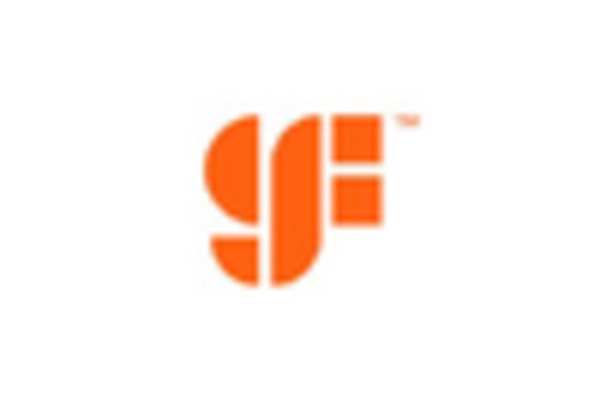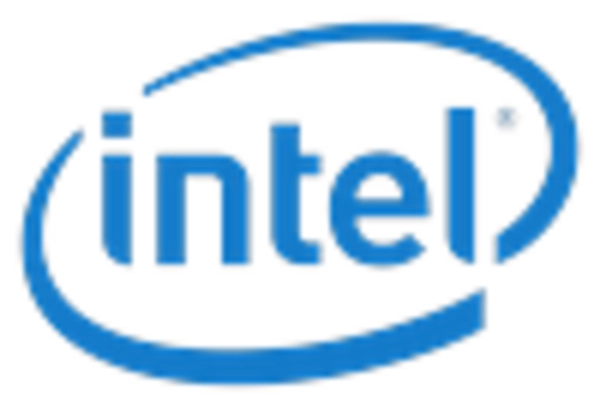China : Unmatched Growth and Innovation
China holds a commanding 7.0% market share in the semiconductor materials sector, valued at approximately $XX billion. Key growth drivers include robust demand from consumer electronics, automotive, and telecommunications sectors. Government initiatives, such as the Made in China 2025 plan, aim to boost domestic production and reduce reliance on imports. Infrastructure investments in semiconductor fabs and R&D facilities further enhance the market's growth potential.
India : Rapid Growth and Investment Opportunities
Key markets include Bengaluru, Hyderabad, and Pune, which are home to numerous tech companies and startups. The competitive landscape features major players like Intel and Micron, alongside local firms. The business environment is becoming increasingly favorable, with a focus on electronics manufacturing and automotive applications.
Japan : Strong R&D and Advanced Manufacturing
Key markets include Tokyo, Osaka, and Nagoya, where major companies like Toshiba and Sony are located. The competitive landscape is characterized by established players and a focus on high-quality production. Japan's business environment is conducive to innovation, with significant investments in AI and IoT applications.
South Korea : Leading in Memory and Logic Chips
Seoul and Incheon are pivotal markets, hosting major players like Samsung and SK Hynix. The competitive landscape is intense, with a focus on innovation and efficiency. South Korea's business environment is favorable for high-tech industries, particularly in consumer electronics and automotive sectors.
Malaysia : Growing Semiconductor Ecosystem
Key markets include Penang and Selangor, which are home to numerous semiconductor fabs and assembly plants. The competitive landscape features both multinational corporations and local firms. Malaysia's business environment is conducive to growth, with a focus on electronics manufacturing and assembly services.
Thailand : Investment in Semiconductor Production
Key markets include Bangkok and Chonburi, where several semiconductor manufacturers operate. The competitive landscape features both local and international players, with a focus on assembly and testing services. Thailand's business environment is improving, with a focus on attracting foreign investment in the semiconductor sector.
Indonesia : Focus on Local Manufacturing
Key markets include Jakarta and Batam, which are emerging as centers for electronics manufacturing. The competitive landscape is evolving, with both local and international players entering the market. Indonesia's business environment is becoming more favorable, with a focus on electronics and automotive applications.
Rest of APAC : Varied Growth Across Sub-Regions
Key markets include various countries in Southeast Asia and Oceania, each with unique competitive landscapes. Major players are increasingly focusing on expanding their presence in these regions. The business environment is varied, with opportunities in electronics manufacturing and technology development.















Leave a Comment